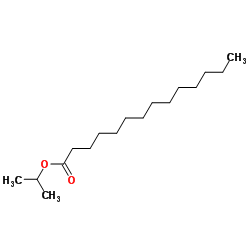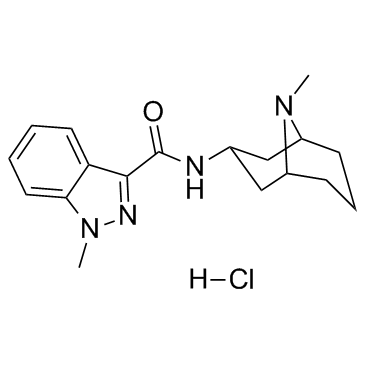| Structure | Name/CAS No. | Articles |
|---|---|---|
 |
Isopropyl myristate
CAS:110-27-0 |
|
 |
Granisetron hydrochloride
CAS:107007-99-8 |